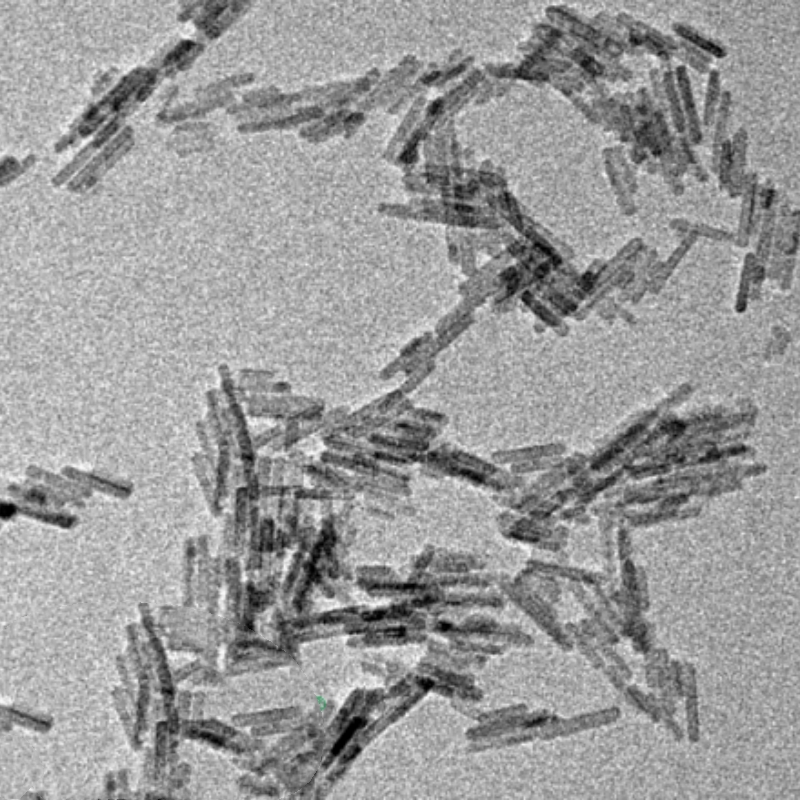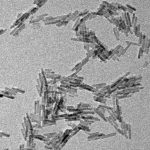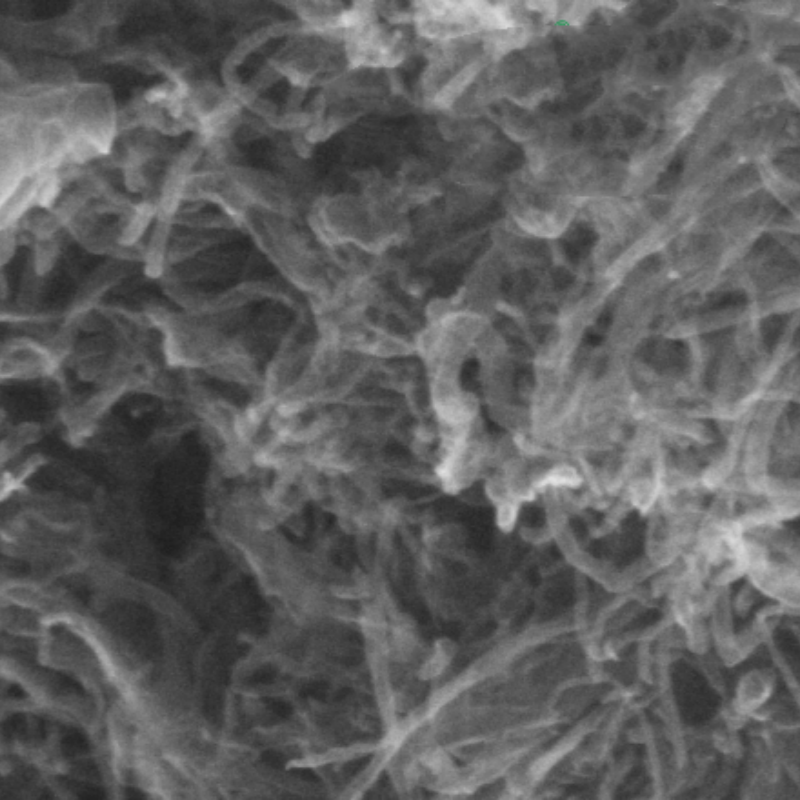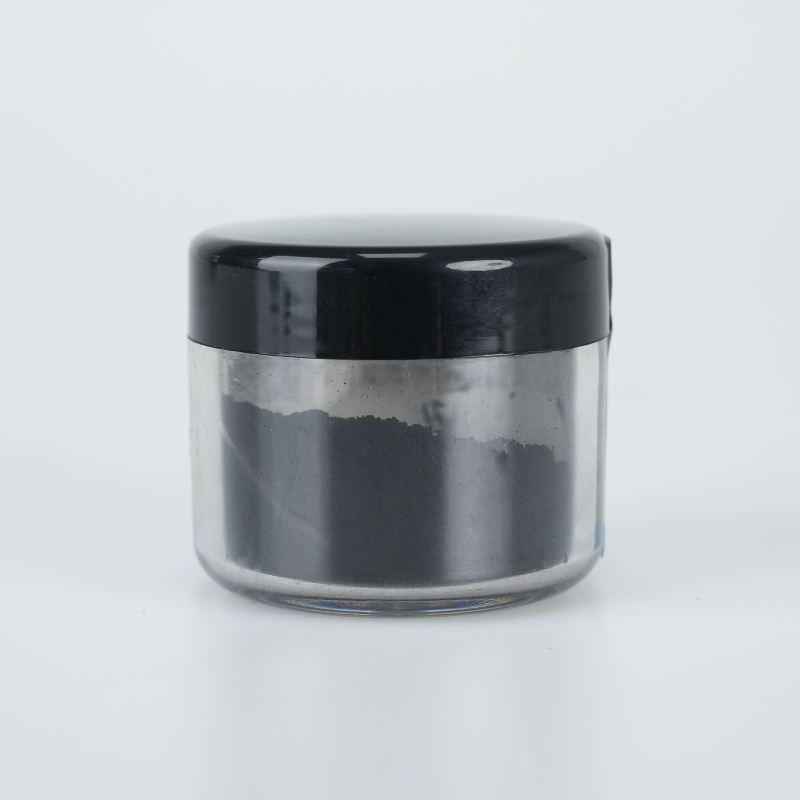Iron oxide nanorods provide optimized magnetic properties, superior structural stability, and enhanced surface reactivity. Designed for advanced applications, they ensure efficient material integration, extended functional lifespan, and high adaptability.
Product Overview
Iron oxide nanorods are rod-shaped nanomaterials that exhibit superparamagnetism, chemical stability, and good biocompatibility. These nanorods are ideal for biomedical applications, including magnetic resonance imaging (MRI) and magnetic hyperthermia (MHT), where their superparamagnetic properties enable rapid magnetization and demagnetization under an applied magnetic field. Iron oxide nanorods possess high stability and interact with biological systems without disrupting normal cellular function, making them valuable in research and medical applications.
Key Features
- Superparamagnetism: The iron oxide nanorods quickly magnetize and demagnetize under an external magnetic field, making them suitable for MRI and MHT applications.
- Chemical Stability: These nanorods are relatively stable in biological systems and are resistant to chemical changes, extending their useful life.
- Biocompatibility: With good biocompatibility, they can interact with biological tissues and cells without affecting their normal functions, ensuring safety in biomedical applications.
Applications
- Magnetic Resonance Imaging (MRI): Iron oxide nanorods serve as T2-weighted MRI contrast agents, enhancing image contrast and improving the clarity and accuracy of scans, especially for detecting abnormal tissues or organs.
- Magnetic Hyperthermia (MHT): Under an alternating magnetic field, these nanorods generate localized heat, which can destroy tumor cells, making them a promising approach in cancer treatment.
- Drug Delivery: These nanorods can act as drug carriers, accumulating in tumor tissues via the enhanced permeability and retention (EPR) effect, thereby improving the targeted delivery and efficiency of drugs.
| Technical Parameter | Description |
| Form | Brown-yellow solution |
| Diameter | 3-5 nm |
| Length | 30-50 nm |
| Zeta Potential | ~35 mV |
| Notes | Zeta potential is based on a single measurement, with slight variations between batches. This product cannot be attracted by magnets. |
 new material
new material







